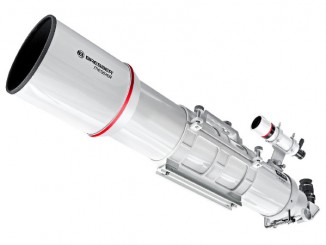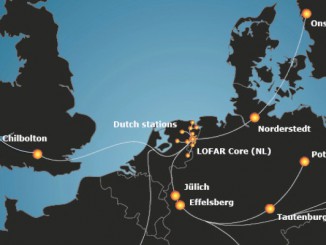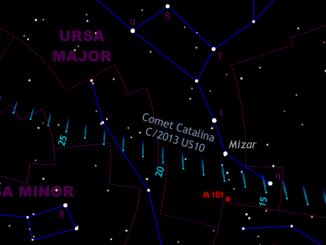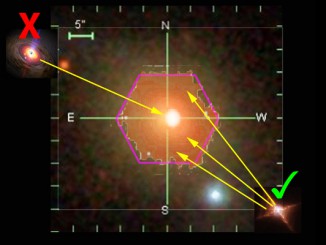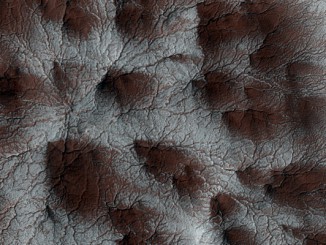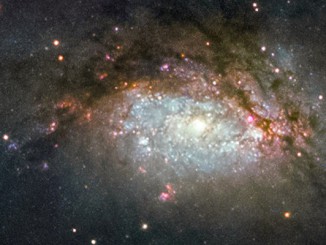
Possibly the most powerful supernova ever seen
Records are made to be broken, as the expression goes, but rarely are records left so thoroughly in the dust. Stunned astronomers have witnessed a cosmic explosion about 200 times more powerful than a typical supernova — events which already rank amongst the mightiest outbursts in the universe — and more than twice as luminous as the previous record-holding supernova.

